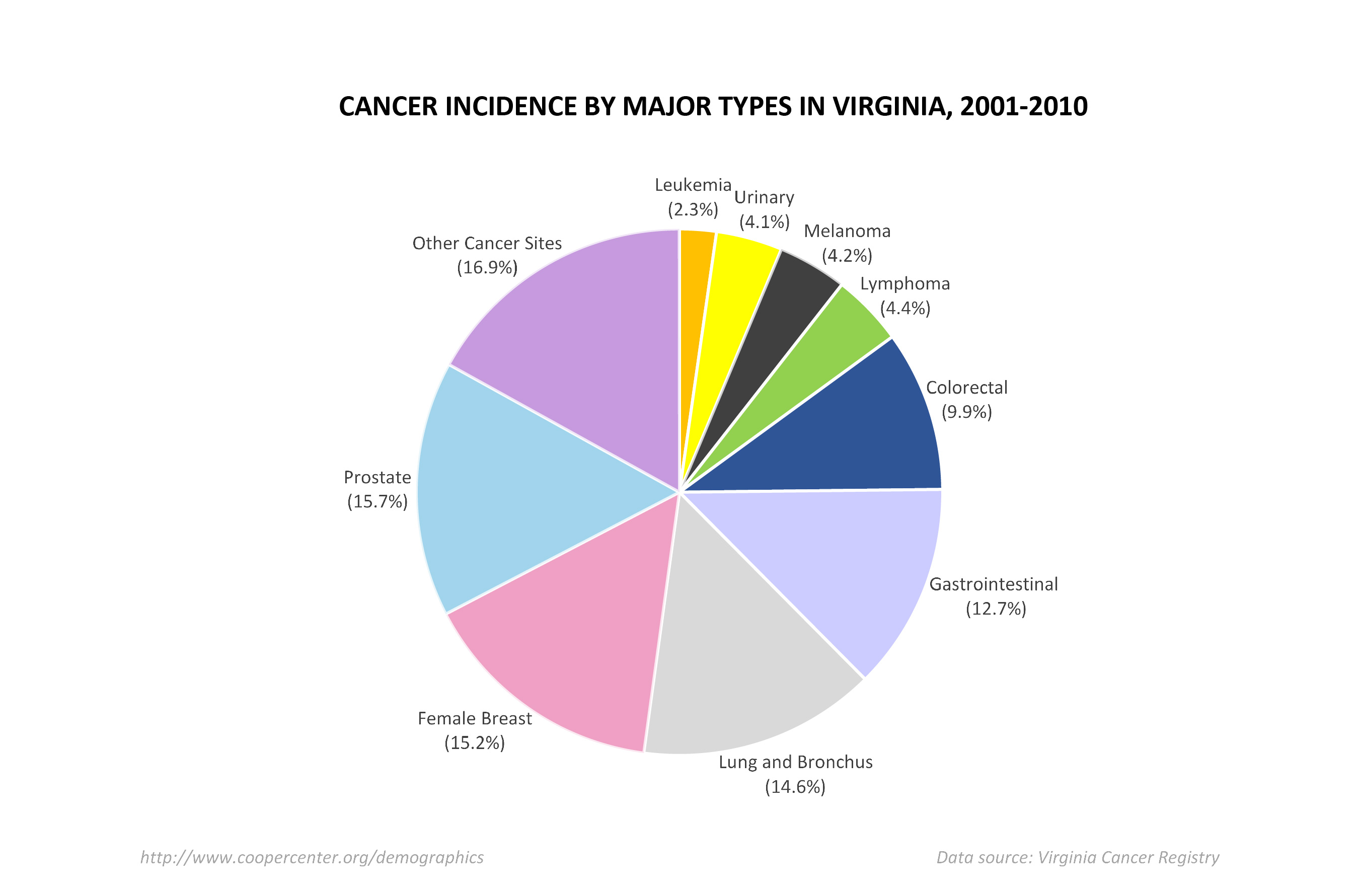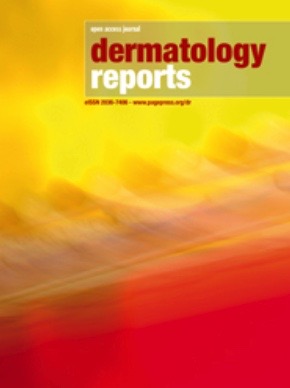Report on the Link Between Alcohol Consumption and Rising Breast Cancer Rates in the Context of Sustainable Development Goals
Executive Summary
Recent analysis indicates a concerning rise in breast cancer incidence, with medical experts identifying alcohol consumption as a significant, yet often under-discussed, contributing factor. This public health issue directly impacts the achievement of several United Nations Sustainable Development Goals (SDGs), most notably SDG 3 (Good Health and Well-being). This report examines the correlation and its implications for global development targets.
Public Health Crisis and SDG 3: Good Health and Well-being
The increasing rate of breast cancer presents a formidable challenge to global health initiatives and the specific targets outlined in SDG 3.
- Target 3.4: The rise in breast cancer, a non-communicable disease (NCD), directly counteracts the goal of reducing premature mortality from NCDs by one-third by 2030.
- Target 3.5: The link to alcohol consumption highlights the critical need to strengthen the prevention and treatment of substance abuse, including the harmful use of alcohol, as a public health priority.
- Preventative Healthcare: Addressing this trend requires a renewed focus on preventative healthcare, public awareness campaigns, and accessible screening programs to ensure healthy lives and promote well-being for all ages.
Analysis of Causal Factors and Recommended Actions
The identification of alcohol as a key risk factor necessitates a multi-faceted response aligned with SDG principles. An expert-led investigation into this link is crucial for developing effective public health strategies.
- Enhance Public Awareness: Launch targeted information campaigns to educate the public, particularly women, about the risks of alcohol consumption in relation to breast cancer, thereby empowering individuals to make informed health decisions.
- Policy and Regulation: Governments and international bodies should consider policies aimed at reducing harmful alcohol consumption, contributing directly to the objectives of SDG 3.
- Strengthen Research: Further investment in research is required to fully understand the dose-response relationship and biological mechanisms, providing a solid evidence base for clinical and public health guidelines.
Broader Implications for Sustainable Development
The issue extends beyond public health, touching upon other core tenets of the 2030 Agenda for Sustainable Development.
- SDG 5: Gender Equality: As breast cancer disproportionately affects women, ensuring their health and well-being is fundamental to achieving gender equality and empowering all women and girls. A healthy female population is essential for social and economic progress.
- SDG 17: Partnerships for the Goals: Tackling this complex issue requires robust partnerships between governments, non-governmental organizations, the scientific community, and media outlets to effectively disseminate information and implement solutions.
SDGs Addressed or Connected
SDG 3: Good Health and Well-being
- The article directly addresses health issues, which is the core of SDG 3. It highlights a specific health concern, “breast cancer,” and discusses a significant risk factor, “alcohol consumption.” The focus on rising disease rates and their potential causes aligns with the goal of ensuring healthy lives and promoting well-being for all.
Specific SDG Targets Identified
Target 3.4: By 2030, reduce by one third premature mortality from non-communicable diseases through prevention and treatment and promote mental health and well-being.
- The article’s subject, breast cancer, is a major non-communicable disease (NCD). The statement that “Breast cancer rates are on the rise” points directly to the challenge of controlling NCDs. By investigating “alcohol consumption” as a cause, the article emphasizes the “prevention” aspect of this target.
Target 3.5: Strengthen the prevention and treatment of substance abuse, including narcotic drug abuse and harmful use of alcohol.
- This target is explicitly relevant as the article posits that “alcohol could be a big reason why” breast cancer rates are increasing. This directly addresses the need to understand and mitigate the “harmful use of alcohol” as a public health issue.
Indicators for Measuring Progress
Indicator 3.4.1: Mortality rate attributed to cardiovascular disease, cancer, diabetes or chronic respiratory disease.
- This indicator is implied by the phrase “Breast cancer rates are on the rise.” Tracking the rate of cancer is essential to measuring progress (or lack thereof) towards reducing mortality from NCDs. The article’s central theme is based on this type of health data.
Indicator 3.5.2: Harmful use of alcohol, defined according to the national context as alcohol per capita consumption (aged 15 years and older) within a calendar year in litres of pure alcohol.
- The article’s hypothesis that “alcohol consumption” is linked to rising cancer rates implies the need to measure this consumption. This indicator provides a standardized way to track alcohol use within a population, which would be necessary to study and confirm the “under-discussed link” mentioned in the text.
Summary of SDGs, Targets, and Indicators
| SDGs | Targets | Indicators |
|---|---|---|
| SDG 3: Good Health and Well-being | Target 3.4: Reduce by one third premature mortality from non-communicable diseases through prevention and treatment. | Indicator 3.4.1: Mortality rate attributed to cancer. (Implied by the statement “Breast cancer rates are on the rise.”) |
| SDG 3: Good Health and Well-being | Target 3.5: Strengthen the prevention and treatment of substance abuse, including the harmful use of alcohol. | Indicator 3.5.2: Harmful use of alcohol (e.g., alcohol per capita consumption). (Implied by identifying “alcohol consumption” as a potential cause of cancer.) |
Source: cnn.com







